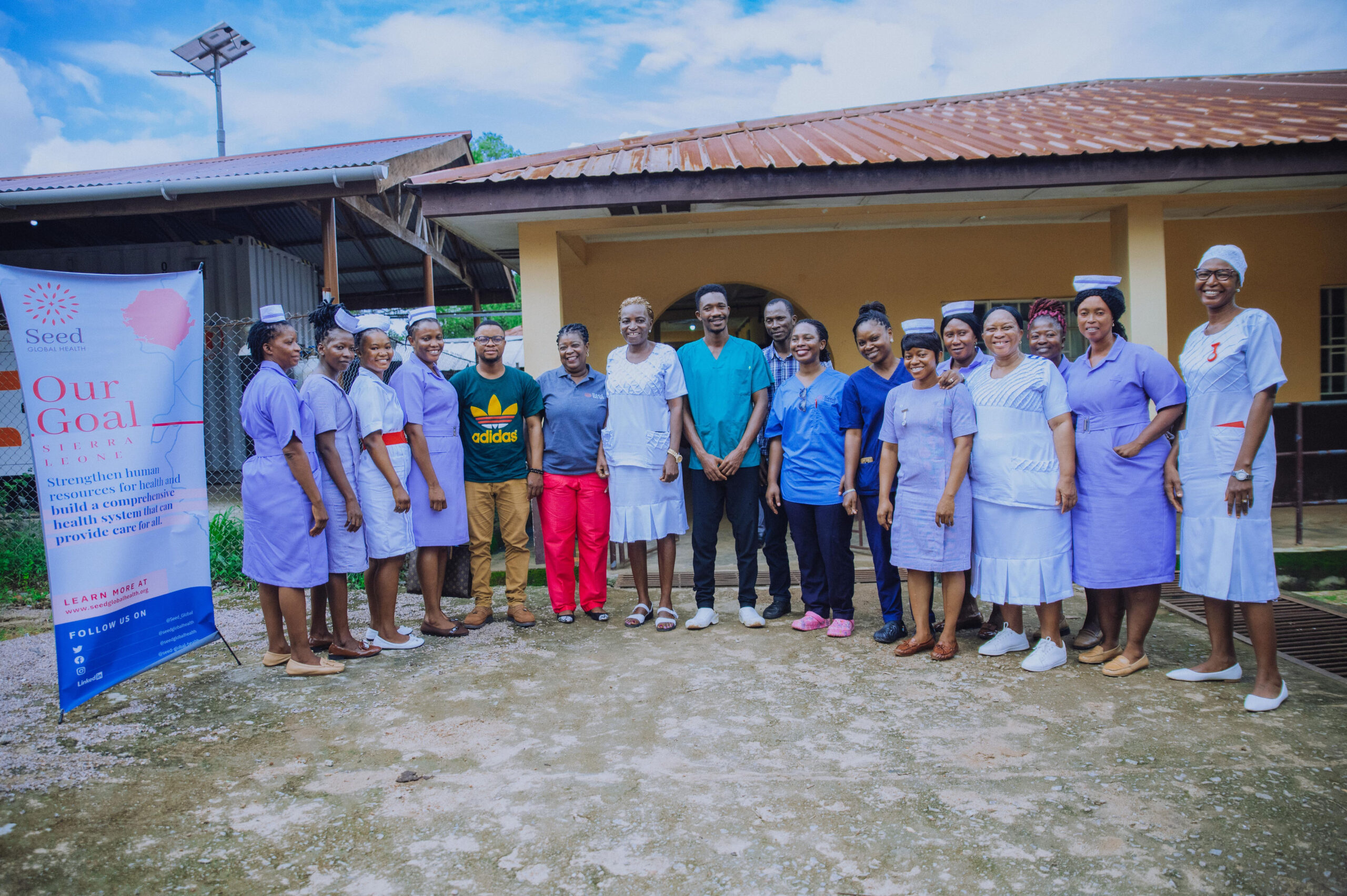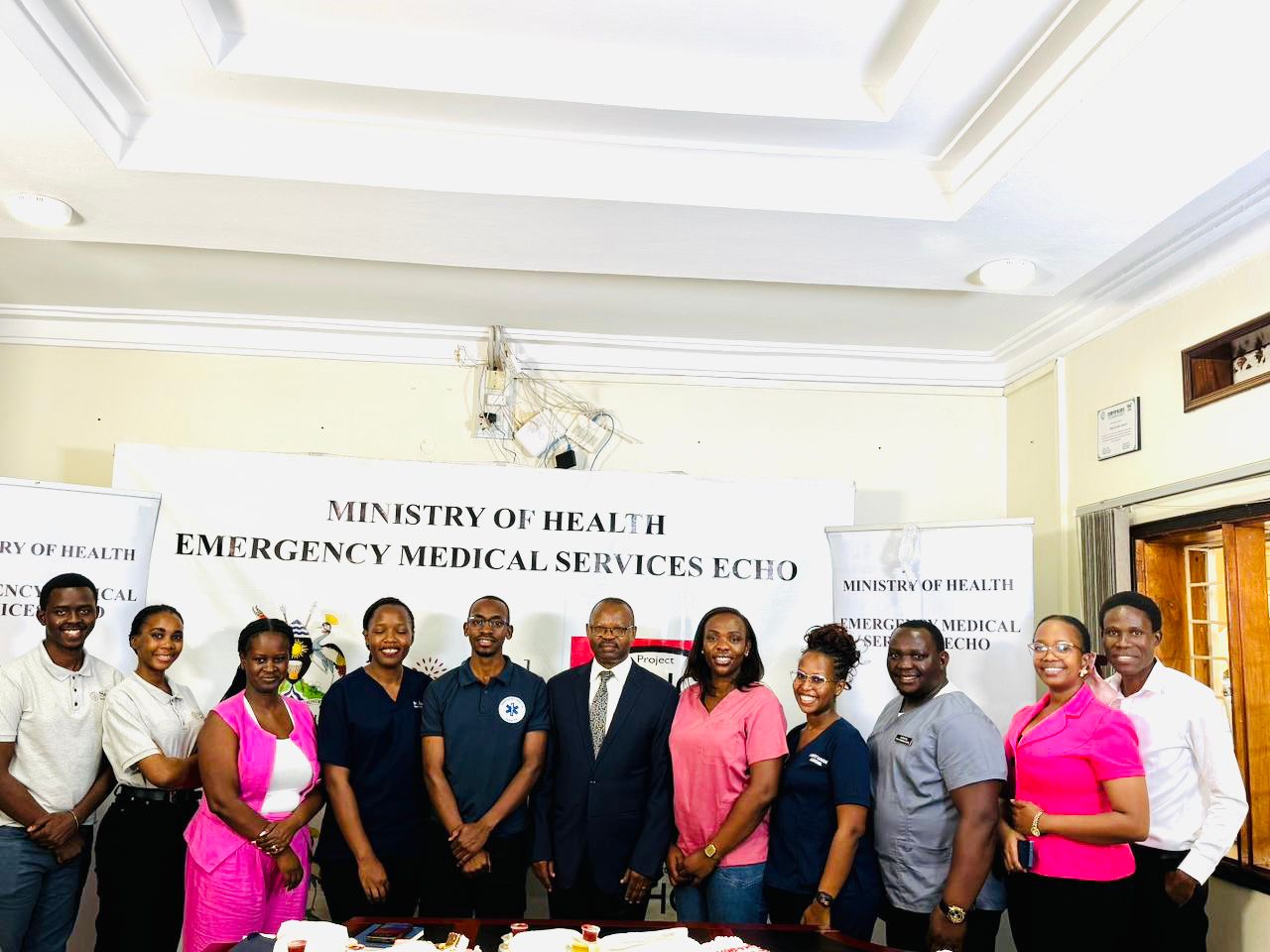
Living Through and Responding to Cyclone Freddy: A Seed Educator Story
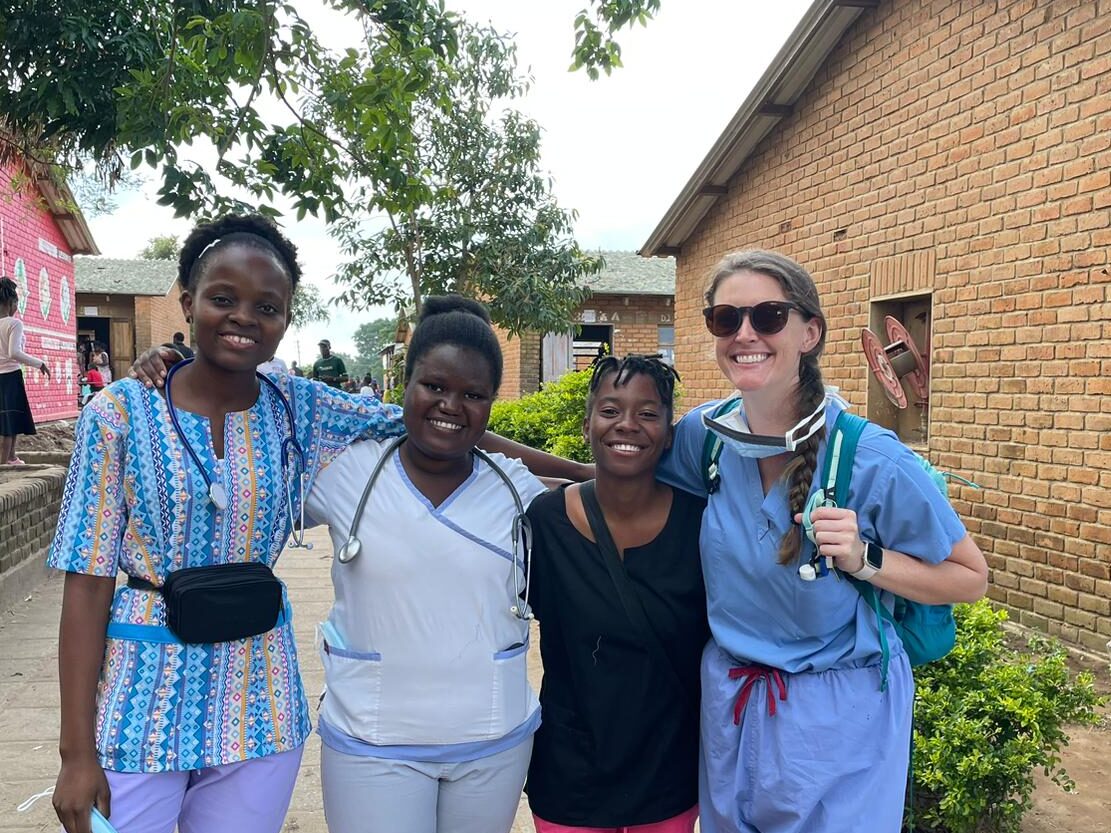
In March 2023, Malawi was hit by Tropical Cyclone Freddy, a storm that shattered cyclone records and killed hundreds. A state of disaster was declared, landslides destroyed villages, and vital water and electricity sources were incapacitated for weeks. Kelsey Renning, a pediatric critical care nurse educator with Seed Global Health, immediately got to work navigating how to provide direct aid to survivors in displacement camps.
This is her story.
It has been almost three months since Cyclone Freddy devastated southern Malawi, a place I have called home for nearly three years. Cyclone Freddy formed in early February 2023 off the coast of Australia, traveled thousands of miles across the Indian Ocean, and made its first landfall over Madagascar, then Mozambique and Zimbabwe.1 Suddenly, Freddy made a U-turn back out to the Indian ocean and regained a huge amount of strength.2 Headlines about Cyclone Freddy emerged on local news outlets, and while I was running the opening retreat for a brand new preceptor program on that Friday, I was also peeking out the window. Little by little, rain began to fall.
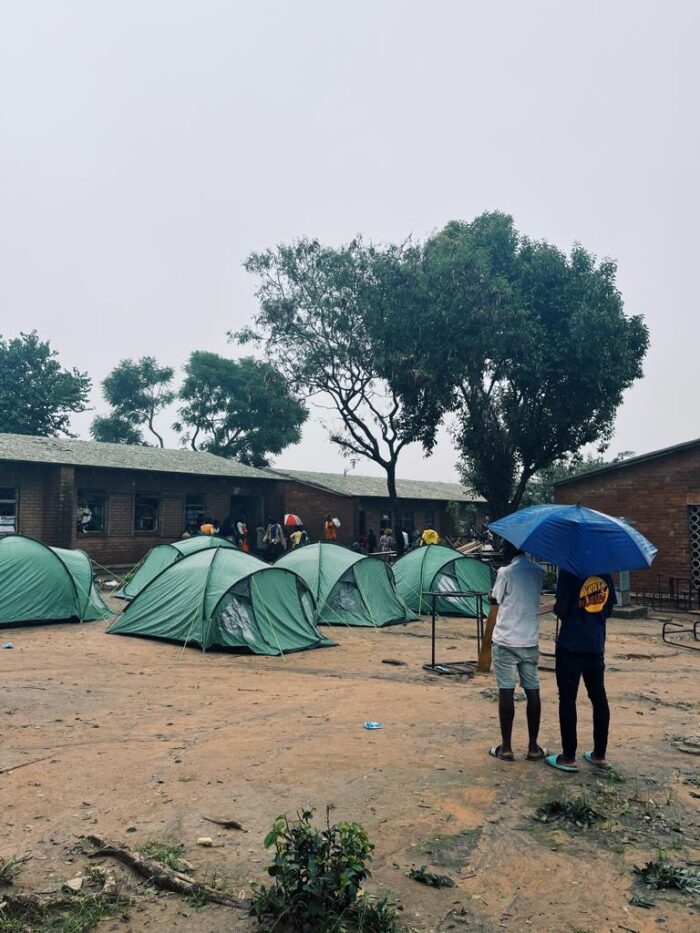
As Freddy rolled in, it brought a constant barrage of rain. The rising level of water began to erode bridges and streets, while photos and videos started circulating of compound walls collapsing, trees falling, and downed power lines all over the city. All three hydroelectric dams in Southern Malawi became incapacitated due to trash buildup from flooding, and the local water board shut off running water indefinitely. The government shut down schools and declared a state of disaster. The staggering, sheer amount of water began to become unbearable in the densely inhabited areas of town. On Soche mountain – one of Blantyre’s three surrounding peaks – the water could not be held back any longer. The ground became saturated with water, the rudimentary mud and brick walls of houses destabilized, and people began to be crushed by their homes. A breach in the barrier holding water back suddenly released a river of water that rushed down the hillside and directly plowed through the village, bringing houses, mud, sewage, concrete, rocks, destruction, and death in its wake.3,4
In the days that followed, the storm dumped six months’ worth of rain in just six days.5 The continuation of the storm hindered initial relief efforts, but members of the community who remained safe and dry began to organize the immediate distribution of emergency supplies and aid. I reached out to my nursing and medical colleagues – it was all hands on deck in the worst of circumstances. Unprecedented numbers of trauma patients were filling up the emergency departments along with relatives looking to identify their loved ones. Slowly, and with grim acknowledgement of the reality, the focus of the response shifted from caring for survivors to trying to dig out bodies from the mud and debris.
“Of all the forms of inequality, injustice in health care is the most shocking and inhumane.”
Dr. Martin Luther King, Jr.
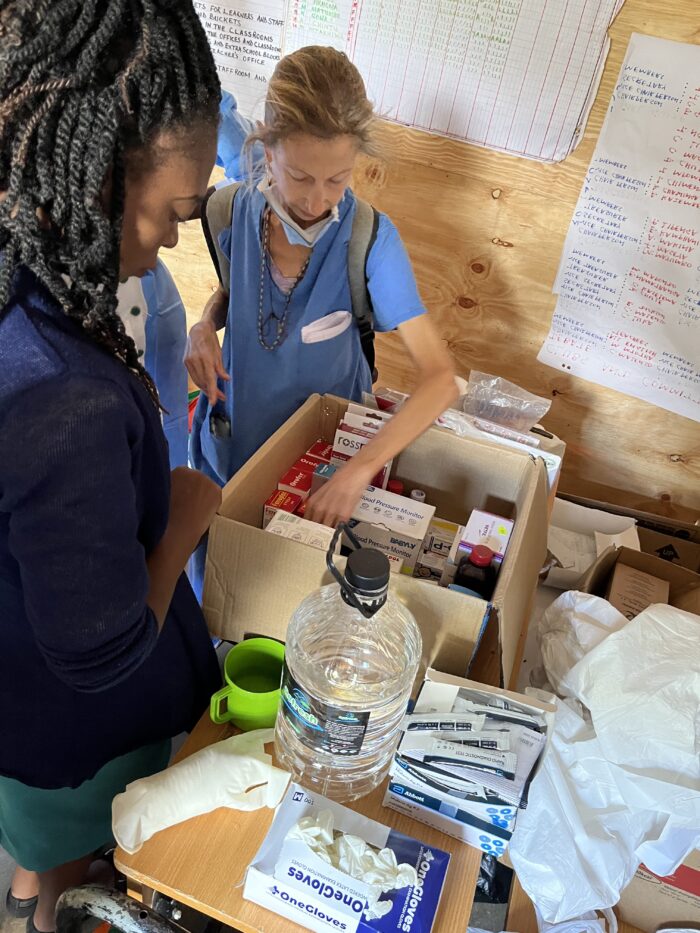
By March 14, the storm finally dissipated. Through one or two social media posts, I was able to quickly increase awareness of the disaster and raise some relief funds to put to immediate use. My colleague, Patricia Swagart (a certified nurse midwife), and I corresponded with local leaders in charge of a primary school that was close to one of the major landslides and had been converted into an emergency displacement camp for approximately 3,000 survivors. On the first couple of trips to the camp, we distributed supplies and performed health assessments on the children and pregnant women. Using some of the donated funds, I supported the reconstruction of houses for five ICU nurses and supplied a good friend who lost all of his crops with enough food for him and his family for a year. It felt like we could do everything and nothing, all at once.
Through a collective effort in support of the government of Malawi, the Seed Global Health team was also at work providing essential support and health care services in surrounding districts. Seed helped open a temporary operating theater in Nsanje District, where a comprehensive emergency obstetric and newborn care team performed cesarean sections in facilities that had become inaccessible due to the storm, and delivered medical supplies to displaced camps. In Chikwawa District, Seed ensured the provision of emergency procedures by providing fuel for generators and materials for sterilizing surgical sets. Seed provided medical supplies and fuel for integrated healthcare services in Mangochi District, and extended supplies, WASH equipment, and a response vehicle to Phalombe and Blantyre districts. Additionally, the Seed team trained nearly 200 health workers on cholera management. Urgent needs were addressed, and critical assistance was provided to affected communities through these comprehensive efforts.
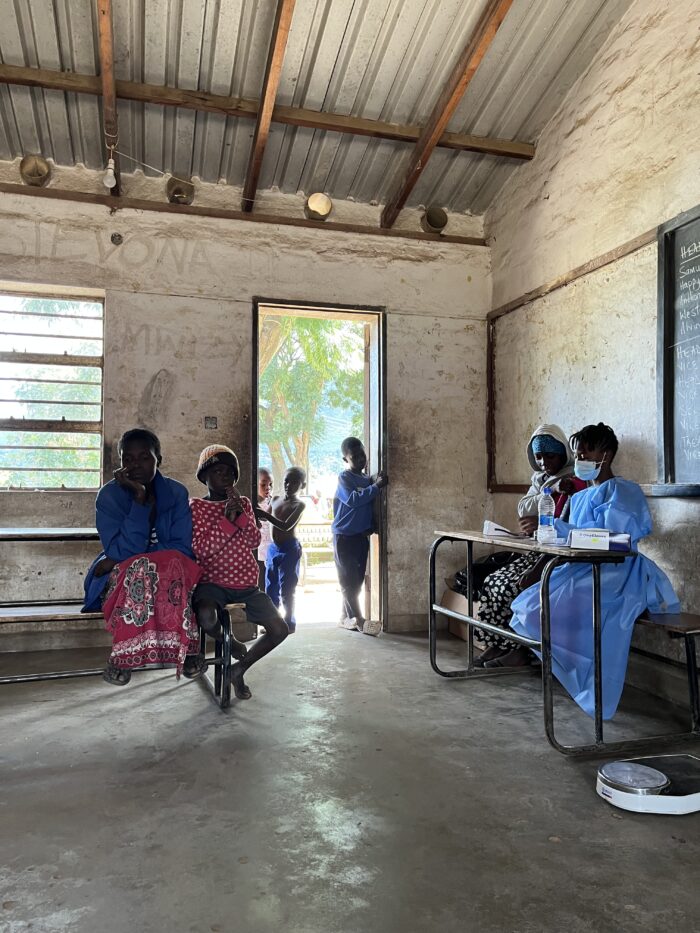
Following the storm and the initial rush of support, outbreaks of infectious diseases like syphilis and tuberculosis (on top of the unprecedented cholera epidemic) spread through the crowded living quarters of the camps. People internally displaced by the storm are desperate for permanent re-settlement, stable income, and sustenance. The end of rainy season is referred to as “hunger season” because it is the month or two before the maize harvest when provisions from the previous year’s harvest are dwindling. With the destruction of maize crops due to the storm, hunger season is now much, much longer.6 Today, thousands of Malawians are still struggling to get by day-to-day, grieving their profound losses, and hoping for the return of normalcy in a system already stressed by lack of resources.
Cyclone Freddy became the longest lasting storm on record at 36 days, breaking the previous record of 31 days set by Hurricane John in 1994.7 It is also the strongest in terms of the accumulated cyclone energy (ACE, referring to the amount of energy released over time), intensifying a whopping total of seven times – more than an entire typical U.S. hurricane season. Its peak strength over the Indian Ocean was that of a Category 5 storm.8 Blantyre in southern Malawi was the hardest hit area. As of late March, the death toll exceeded 1,200 with 538 missing, 1,700 injured, and 500,000 IDPs.9
As devastating storms like Cyclone Freddy are increasing in frequency, low- and middle-income countries bear a disproportional amount of the impact of climate change. Luckily for Malawi, Cyclone Freddy de-intensified to a tropical storm by the time it made landfall, but I shudder to think of the catastrophic impact of a category 4 or 5 in other extremely vulnerable parts of the world. While this experience has been overwhelming in so many ways, I am proud to be a part of an NGO that is so heavily invested in confronting the injustice of climate change and its intersection with global health.10 It is imperative that the world’s high-income countries answer the swift call to action to pull away from critical climate tipping points in the coming years to ensure fundamental health and safety for all.
Kelsey Renning is a Seed Global Health educator and doctor of nursing practice and global health certificate student at Duke University working in the hardest-hit area of Malawi.
Interested in making a difference like Kelsey? Click here for more information on becoming an educator with Seed Global Health.
Read here for more information about Seed Global Health’s work in Malawi.
References
- Australian Government Bureau of Meteorology. (n.d.). Severe Tropical Cyclone Freddy. Retrieved April 2, 2023, from http://www.bom.gov.au/cyclone/history/freddy23.shtml
- Bengtsson, L., Hodges, K. I., Esch, M., Keenlyside, N., Kornblueh, L., Luo, J.-J., & Yamagata, T. (2007). How may tropical cyclones change in a warmer climate? Tellus A: Dynamic Meteorology and Oceanography, 59(4), 539. https://doi.org/10.1111/j.1600-0870.2007.00251.x
- Kondowe, R. (2023, March 17). ‘feels like a nightmare’: Cyclone freddy survivors weep in Malawi. Floods | Al Jazeera. Retrieved April 2, 2023, from https://www.aljazeera.com/features/2023/3/17/feels-like-a-nightmare-cyclone-freddy-survivors-sob-in-malawi
- Malawi24. (2023, March 13). Floods cause damage in Blantyre. Malawi24. Retrieved April 2, 2023, from https://malawi24.com/2023/03/13/floods-cause-damage-in-blantyre/
- ReliefWeb. (2023, March 17). Malawi: Tropical cyclone freddy – flash update no. 2 (17 March 2023) – malawi. ReliefWeb. Retrieved April 10, 2023, from https://reliefweb.int/report/malawi/malawi-tropical-cyclone-freddy-flash-update-no-2-17-march-2023
- Concern Worldwide US. (2022, September 17). The hunger season is a reality currently faced by millions. Concern Worldwide. Retrieved April 2, 2023, from https://www.concernusa.org/story/what-is-the-hunger-season/#:~:text=In%20Malawi%2C%20the%20hunger%20season,November%20and%20ends%20in%20March.
- Erdman, J. (2023, March 12). Cyclone Freddy sets new world record as longest-lived tropical cyclone. Weather Underground. Retrieved April 10, 2023, from https://www.wunderground.com/article/storms/hurricane/news/2023-03-06-tropical-cyclone-freddy-mozambique-madagascar-record
- Cappucci, M. (2023, February 16). Cyclone Freddy Teeters on brink of category 5 strength in Indian Ocean. Washington Post. Retrieved April 2, 2023, from https://web.archive.org/web/20230217084340/https://www.washingtonpost.com/weather/2023/02/16/cyclone-freddy-indian-ocean-madagascar/
- ReliefWeb. (2023, March 22). Malawi: Tropical cyclone freddy – department of disaster management affairs (dodma) situation report no 8 (as of 21-22 March 2023) – malawi. ReliefWeb. Retrieved April 10, 2023, from https://reliefweb.int/report/malawi/malawi-tropical-cyclone-freddy-department-disaster-management-affairs-dodma-situation-report-no-8-21-22-march-2023
- Seed Global Health. (2023, May 24). Seed at the 76th World Health Assembly. Seed at #WHA76. https://seedglobalhealth.org/2023/05/20/seed-at-the-76th-world-health-assembly/
